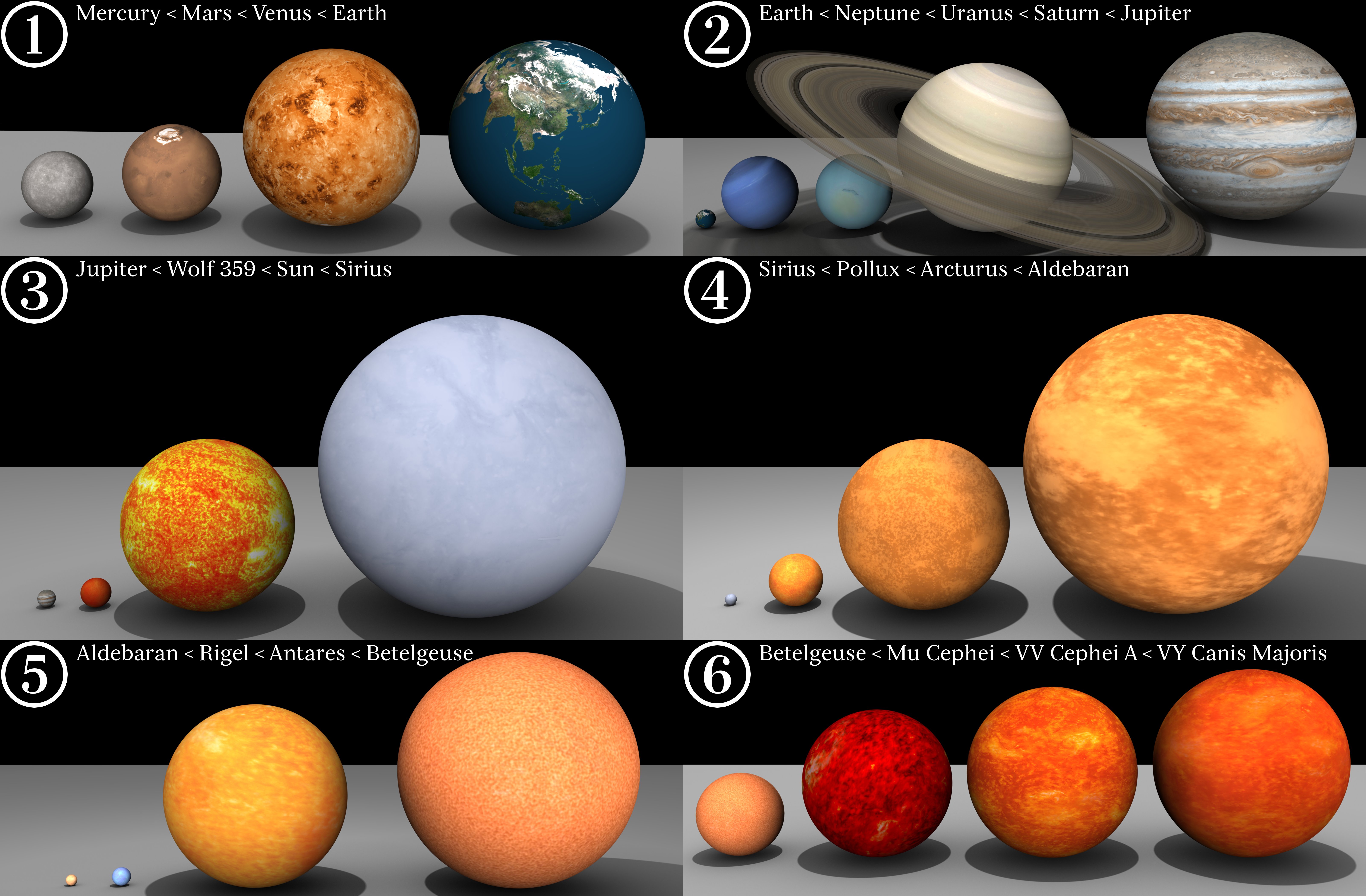 Just how big is the stuff that fills our universe?
Just how big is the stuff that fills our universe?From the dawn of our interests to understand the world around us, we've been pointing our eyes towards the night sky looking at those haunting white points of light. They have captured our imagination before the dawn of cities and civilization. We have projected our ideas on them, anthropomorphizing them. These inhospitable super heated balls of gas, so incomprehensibly far away by human standard, have always held something close to us.
Maybe around some of those far away points of light exist another civilization, looking at their own night sky seeing a small yellow star. Looking back at us, just as we look at them, without any clue of life even existing somewhere in that night sky.
Of course, no astronomer expects to find a space fairing civilization just light years from home. Since only one of million other branches in the evolutionary tree might lead to 'intelligent life*', the chances of finding it in the vastness of universe are rare. Very rare.
And even if that life does indeed evolve, it still have to pass hard tests of nature before it would even get a chance to even leave it's home planet and land on their nearest celestial object**. We are lake to have made it even that far. And still lucky enough to have survived our 'nuclear adolescence'. There might have civilizations out there not that lucky. There are a lot of dangers that come from outer space. Just imagine the sole number of civilization killed off by gamma-ray bursts.
But still we haven't found any civilizations beyond our own. Not even any concrete evidence of life. Sure there were some questionable findings and equally questionable and badly executed "conspiracies" (though a more correct term would be 'hypothesis') and theories, but no hard evidence. But it's sure that there is an abundance of alien life in form of microbial life. There is a lot of water*** in the universe, some place where it's liquid must exist. So why not multicellular life? Why is it so hard to find? Simply put, our galaxy alone is huge. The space between the galaxies is even bigger. The universe is truly incomprehensibly big, as it's 'size' spans through both space and time. And there is a lot of places to search from. By the time I'm writing this there's 429 confirmed extrasolar planets and much more are expected. Most of them are probably inhospitable and turbulent gas giants. Life on those worlds would be a big evolutionary leap from what we would expect. But as of now there is no sure, 100% sure, way to confirm what extrasolar planet is terrestrial and what's a gas giant one.
We can guess that these planets would follow a roughly similar plan like in out own solar system. So planets larger that 10 earth's masses are probably ice giants, a group of small (by gas giant standards) gas giants. But these guesses aren't wild ones, like randomly accessing planets size and composition. Instead, true scientist really on hardcore facts.
But if there's so many potential in different planets, how do we chose which star system is right. Well for that we must first be introduced to different star types. Because the point of this is to speculate about different types of life that could evolve around such worlds, I will include only the main sequence stars. These stars are 'just the right age' to evolve life. Not young, still forming, baby stars and not too old, giant, weak stars. These stars are classified in different classes which go something like this:

# O- Blue giants. Most likely not to harbor any life. Very rear stars which burn out their fuels fast. Some of the most massive stars lie within this spectral class.
Habitability zone*****: 740,000,000-780,000,00 km
Lifespan: 3 to 6 million years
Temperature: 30,000°–50,000°C
# B- Blue white stars, again, not the main interest in search of life.
Habitability zone: 560,000,000-690,000,000 km
Lifespan: 10,200°-30,000°C
Temperature: I have no good estimates here
# A- White stars.
Habitability zone: 260,000,000-390,000,000 km
Lifespan: I have no good estimates here
Temperature: 7226°-10,730°C
# F- Yellow-white. Likely to harbor life.
Habitability zone: 230,000,000-280,000,000 km
Lifespan: I have no good estimates here
Temperature: 5,800°-6,900°C
# G- Yellow stars. Known for the fact that life surely exist. Main target in search for extraterrestrial life. Relatively common stars.
Habitability zone: 120,000,000-250,000,000 km
Lifespan: around 10 billion years
Temperature: 5,000°-5,800°C
# K- Orange stars. Also very likely to have life. Main target in search for extraterrestrial life. Relatively common stars.
Habitability zone: 108,000,000-180,000,000 km
Lifespan: around 20 billion years?
Temperature: 3600°-4900°C
# M- Red dwarfs. Could have life****. Very common stars. They burn their fuels slow because of their small size and mass, meaning they have very long lifespans. Any habitable planets there would be tidal locked.
Habitability zone: 50,000,000-90,000,000 km
Lifespan: Trillions of years
Temperature: less than 3,600°C
Best guess to find any Earth like planets are around F, G and K stars. But this does not mean that there is no life around other stars. There is no predictable theory or hypothesis that shows how life will evolve. There is much possibility that multicellular life would thrive around M or even A type stars. Our universe is very hard to predict. Sometimes we are left only with educated guesses. That's the beauty and excitement of science but also it's frustration. Feel free to join me in my next posts where I'll discuss planetary habitability and choose the right planets for speculative life forms to evolve.
Please if you do have any critique or idea regarding the subject, feel free to share it in the comments section. I would really appreciate better estimates about star temperature, lifespan and range of habitability zones.
*-'Intelligent life' is a misleading term I use when referring to any more sophisticated tool making species' or genera. Reader must remember that some creatures today are surprisingly intelligent by their own standards. Some birds, primates (obviously) and octopuses all use rudimentary tools but you'll hardly see anybody calling them an .intelligent lifeforms'.
**-Well, not necessarily nearest, since asteroids and meteors happen to fit in that category best. I'm referring here to a moon or a nearby planet, maybe even a sufficiently large asteroid or a dwarf planet, like Ceres or Eris.
***-Liquid is a good place for molecules to form into complex forms and patterns which is necessary for creation of life. Currently water seems to be the best candidate.
****-Since any planet close to the star would be tidal locked, meaning one side would be constantly facing the star while other would be encased in never ending ice and darkness, multicultural life would most likely have to evolve in a narrow band in between the two, radically different, zones.
*****-Habitability zone is all just my personal best guess. Please if you have a better estimate share with me.
